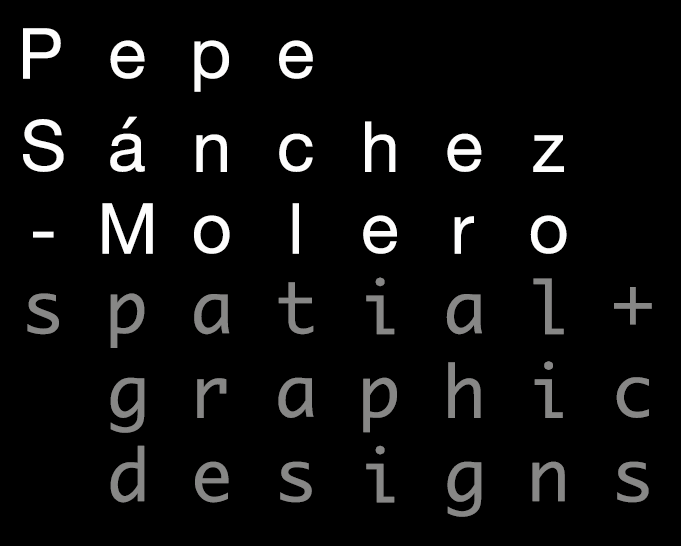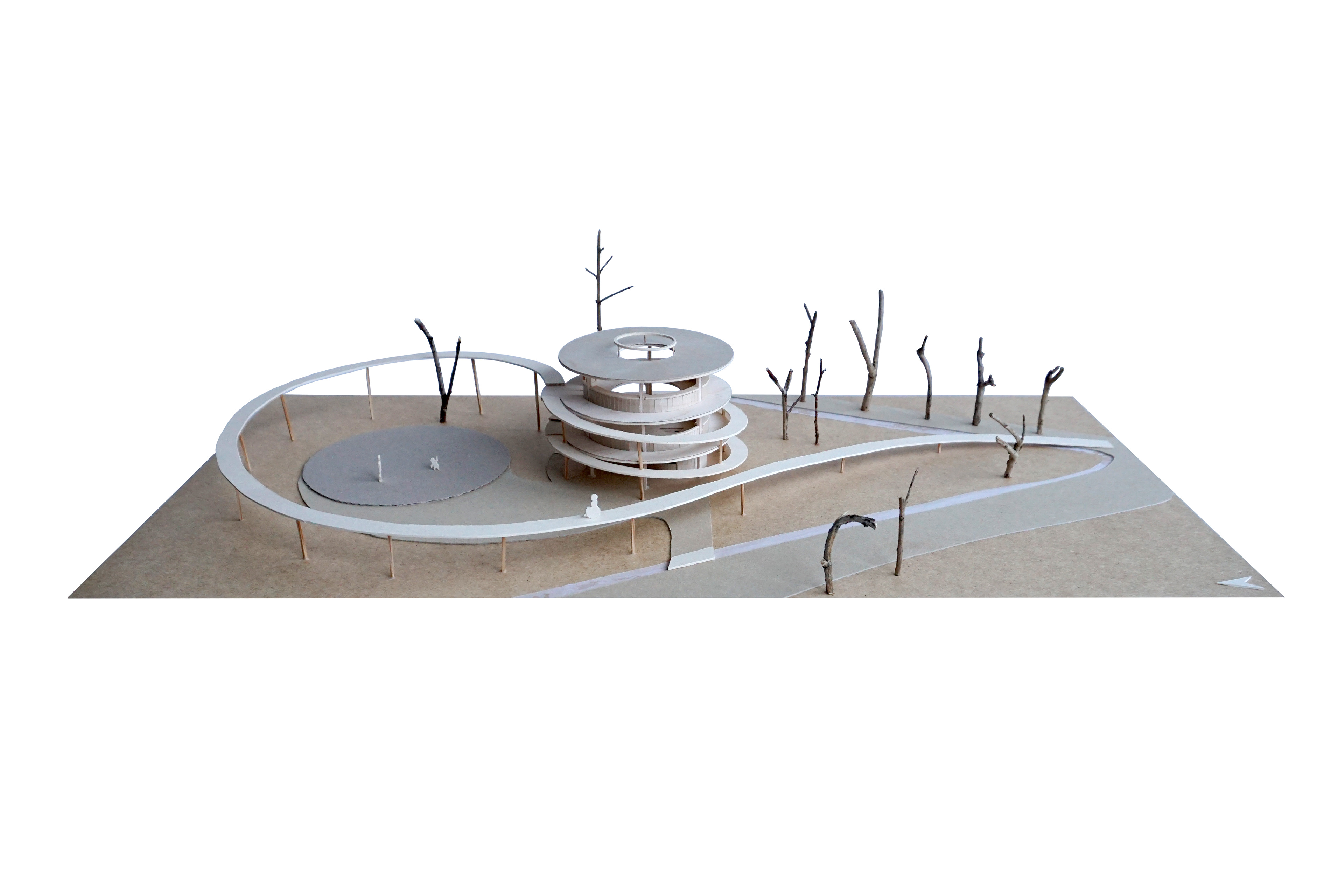
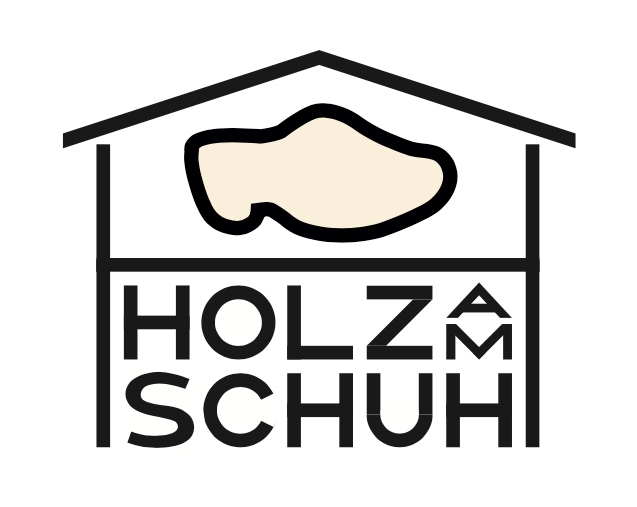
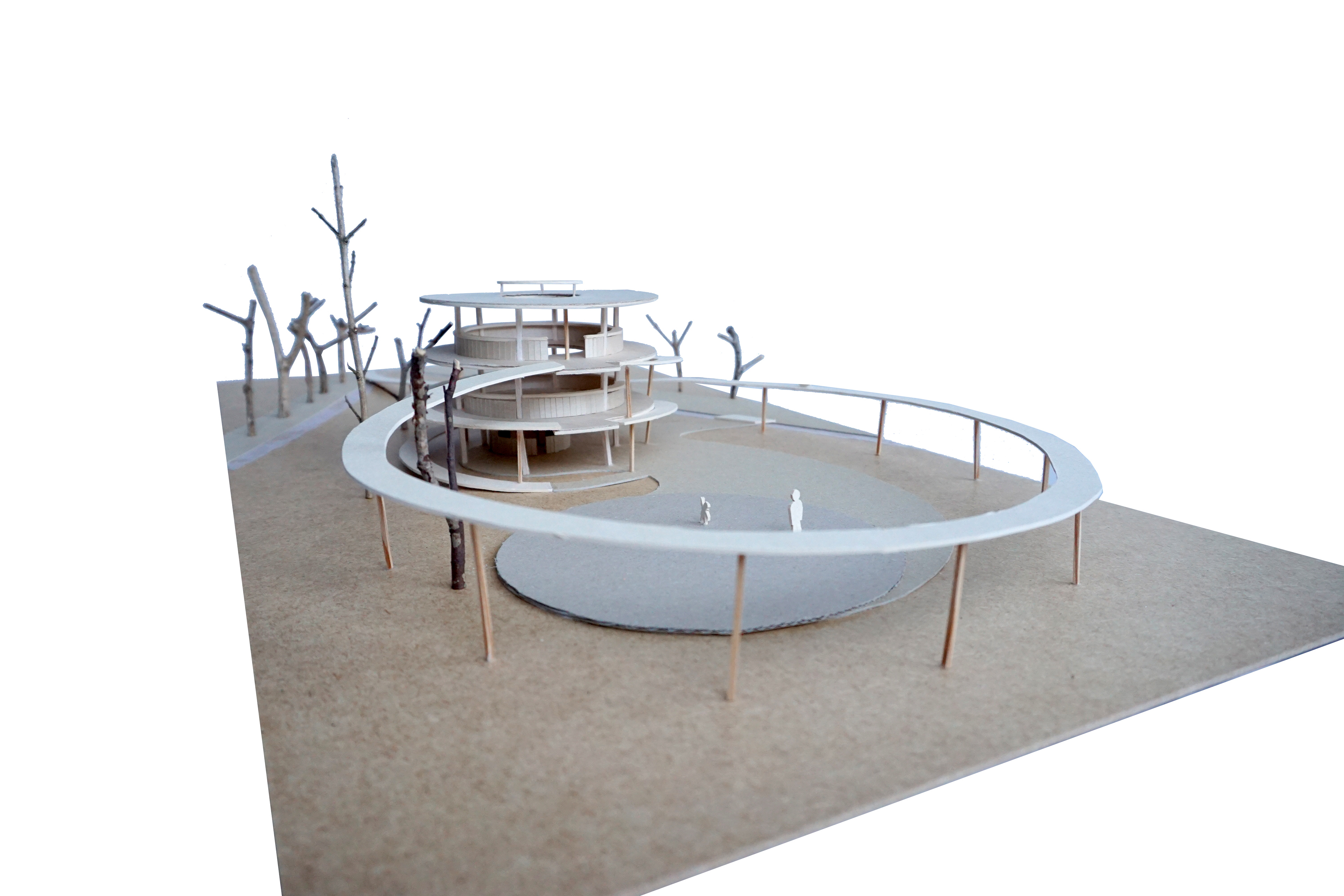
Worpswede is known in German Art history as a pictoresque village that served as a retreat for painters in the late 1800s.
As part of a design and research project of reinvention and revisiting of the former artists‘ colony, we spent a week living in this Worpswede and choosing a site for our own atelier design.
As part of a wet and cold climate, the surroundings of the village are very muddy and as in similar geographies such as the Netherlands or Asturias in Spain, clogs/madreñas/sabots/wooden shoes were often used in order to avoid wet and dirty shoes and feet.
This design is a three-leveled atelier in which a large ramp surrounds and wraps itself around a light, round wooden structure to offer a platform for views, as well as barrier-free accessibility to the interior.
As part of a design and research project of reinvention and revisiting of the former artists‘ colony, we spent a week living in this Worpswede and choosing a site for our own atelier design.
As part of a wet and cold climate, the surroundings of the village are very muddy and as in similar geographies such as the Netherlands or Asturias in Spain, clogs/madreñas/sabots/wooden shoes were often used in order to avoid wet and dirty shoes and feet.
This design is a three-leveled atelier in which a large ramp surrounds and wraps itself around a light, round wooden structure to offer a platform for views, as well as barrier-free accessibility to the interior.
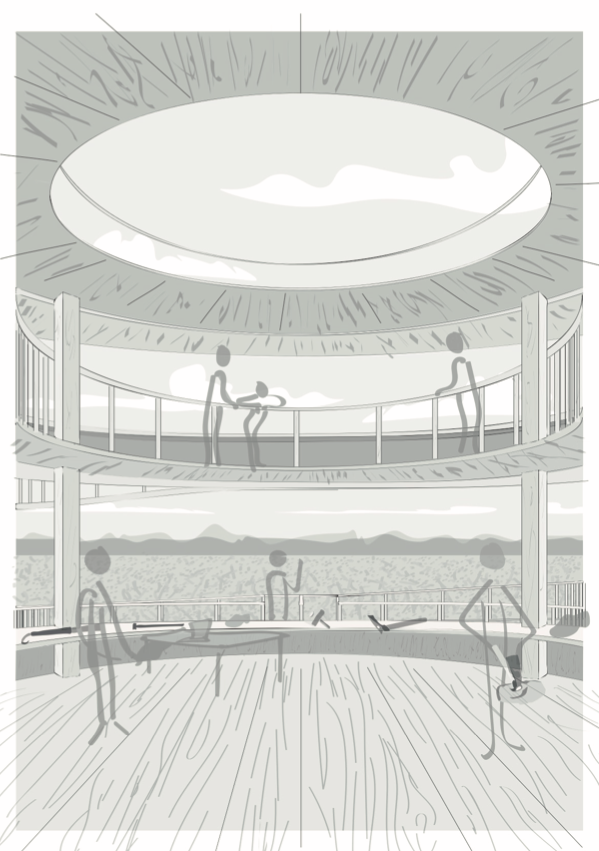
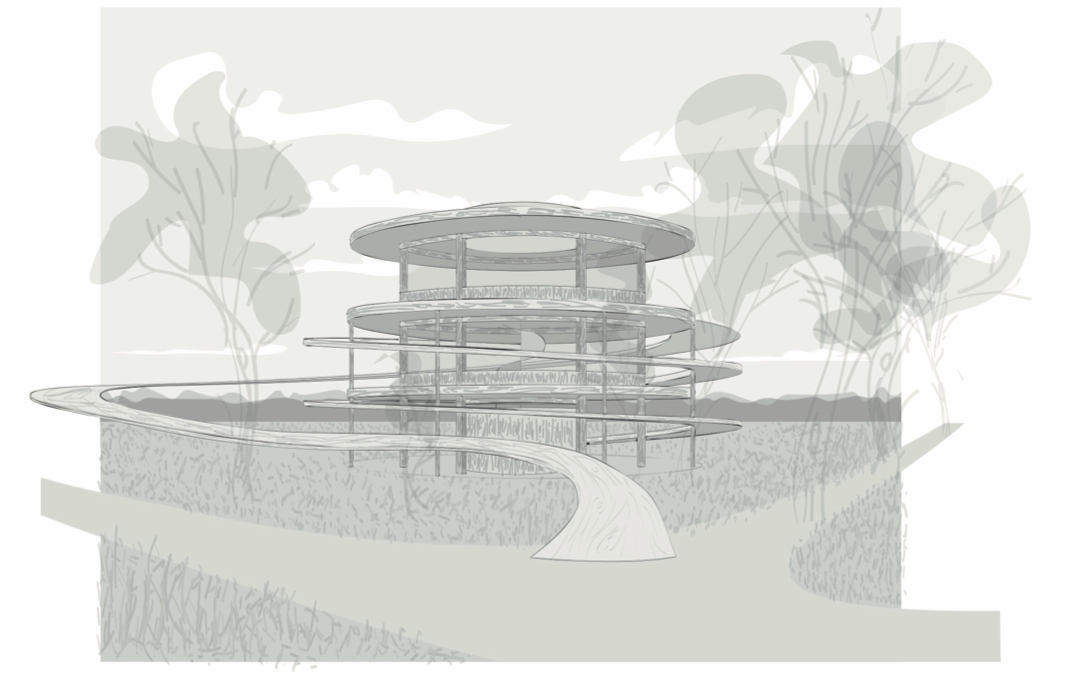
The inner spaces offer a flexible use of the floors for all 3 fields of education and exchange (organisation of classes/workshops and cultural events), experimentation (technical exploration of different productions) and production of the actual wooden shoes, as well as exhibition and commerce.
